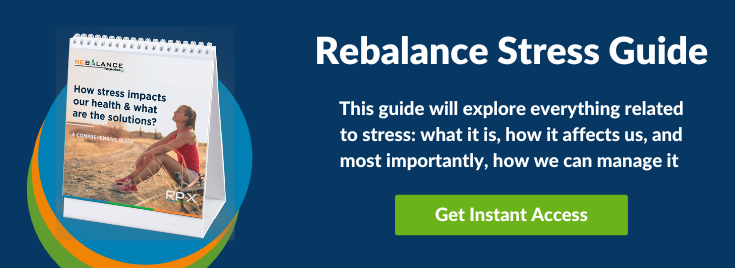HOW OFTEN SHOULD YOU USE COMPRESSION THERAPY?
As the adoption curve of compression therapy gets steeper, one of the questions people may ask is how often they should be using it to help improve their health, or the symptoms of specific conditions.
In this article, we’re going to look at how often compression therapy should be used to help treat and alleviate the symptoms across a range of different conditions. We’ll also look at the use of the approach as a performance improvement measure.
COMPRESSION THERAPY USE
The use of compression therapy is usually associated with muscle tissue recovery post-exercise. There is evidence that it’s also useful in between bouts of exercise from a 1993 study.
The subjects were 11 men who exercised at a constant workload, on a cycle ergometer, until exhaustion. During a 20-min recovery period, a new modified pneumatic sequential intermittent device (the MISPD) was applied to the subjects' legs. The men then performed a second constant load exercise bout. [1]
The results showed 45% improved performance (time to fatigue) in subsequent exercise sessions after using sequential compression.
In another study from 2006, subjects underwent a series of intensive shuttle run exercises. They had their vertical jump tested before the shuttle run to identify a baseline marker of abilities [2].
After each trial, they underwent a 60-minute intermittent compression therapy session. Post-trial, the vertical jump was tested again to identify any change in performance. The results were quite remarkable…
DOMS within 1, 24 and 48 hours were reduced. There was a significant improvement on the vertical jump scores, showing IPC is capable of maintaining performance levels even after intense exercise. There’s also evidence that blood pressure and heart rate are returned to normal more quickly after using IPC.
FREQUENCY OF COMPRESSION THERAPY USE
The findings of these studies suggest that you could be using IPC as frequently as after every training session or competition. When the benefits are so fast and so significant, there’s an opportunity to use them as both an intermittent recovery (between bouts) approach, or as a post-exercise recovery method.
As a minimum, the suggestion is that you should be using them after every intense exercise bout if you want to maximise your recovery.
Ultimately there’s no universal agreement on the frequency and duration of compression therapy use – it’s determined by the outcomes required, the severity of the condition and the needs of the patient/users.
The best advice is to be guided by your health professional in the case of medical treatment, or how you are feeling in the case of recovery/relaxation use. The more you can use it, the better it would appear!
There are many other applications for this technology that we will explore in other articles, such as pre-workout, when travelling or to aid in rehabilitation from injury.
PNEUMATIC COMPRESSION THERAPY – LEARN MORE
At RP-X we distribute a range of different pneumatic compression therapy products that can offer your clients all the health benefits of the treatment, improving their general wellness. Contact us to learn more about the products and services we offer and how it could be of benefit to you.
For more information on pneumatic compression therapy, pricing, and the right products for you, contact us on info@rp-x.com or 01234 862762.
REFERENCES:




